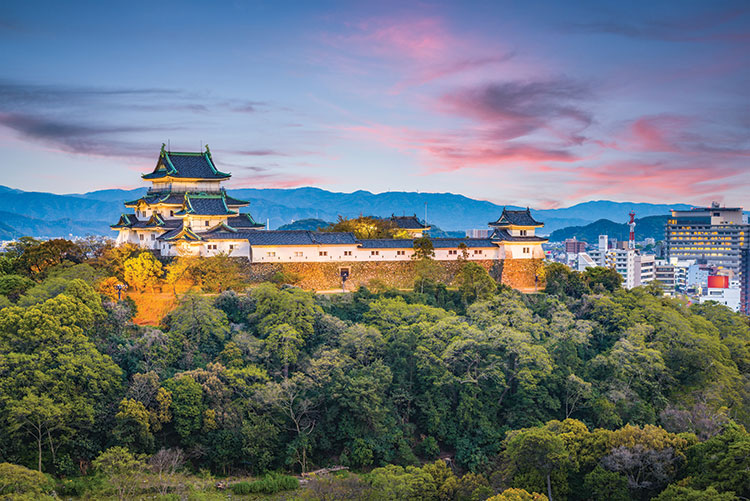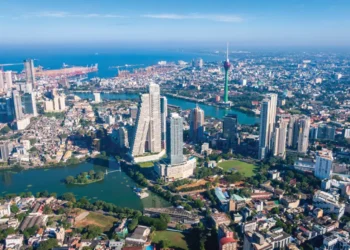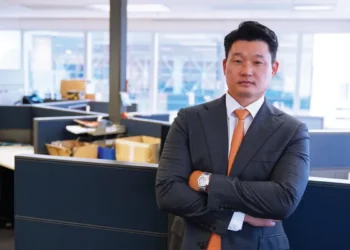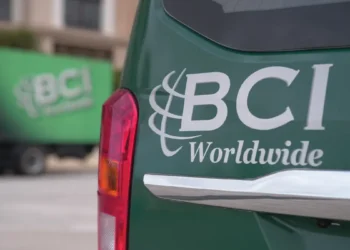Governor Nisaka sees synergy with an Osaka IR and has a seaside site that’s shovel ready, as he explains to Inside Asian Gaming.
Before he was elected Wakayama Prefecture’s governor in 2006, Yoshinobu Nisaka served nearly 30 years in Japan’s Ministry of Economy, Trade and Industry and its predecessors. After a professional lifetime spent in the economic development sector, it’s no surprise that Nisaka is a leading advocate of integrated resorts, among the best growth opportunities to emerge in Japan since economic stagnation began in the early 1990s.

It’s also no surprise that Nisaka, born in Wakayama City in 1950, wants to bring an IR to his hometown, which, like other so-called regional areas in Japan, has experienced long term migration of business and residents, especially young people, to big cities. For Wakayama, that means Osaka, Japan’s third largest city, just over an hour away, heart of the Kansai region with a population of more than 22 million.
Nisaka also served three years as Japan’s ambassador to Brunei, but his stint as a diplomat doesn’t prevent him from speaking his mind. In 2017, he made news by declaring to Inside Asian Gaming that Wakamaya casinos should be open to foreigners only, a belief he no longer holds. Governor Nisaka, who won his fourth term in November, pulled no punches in this latest interview via a translator with IAG Editor at Large Muhammad Cohen.

Muhammad Cohen: What makes Wakayama the right choice for a regional IR?
Governor Yoshinobu Nisaka: It’s not my just opinion: several international IR operators have made four strong points. First, Wakayama is very close to Kansai International Airport, one of the largest airports in Japan.
Second, Wakayama is part of the Kansai region, home to Kyoto, Kobe and Osaka. After Greater Tokyo, Kansai is the second largest population center of Japan.
Third, the candidate site to host an IR is Wakayama Marina City. The IR site is already developed and the infrastructure is built. It’s an artificial island created about 25 years ago. Once you decide on the IR [license], you can start construction right away. With other candidate sites, operators need to start developing infrastructure or have to fill the land or start from scratch, but in Wakayama, it’s immediately ready for development.
Fourth, Wakayama Marina City has one of the best yacht harbors in western Japan. It has a national training center for marine sports. Olympic athletes train there and it is also a permanent host venue for high school marine sport competitions. The Wakayama IR will be leisure-focused, developed in conjunction with marine sports.
In addition, Wakayama Prefecture has been engaged in IR development for many years. Its administration and politics have been very stable, so there is no obstacle in this field.
MC: Can an IR in Wakayama co-exist with an IR in Osaka?
YN: Every time I meet an international IR operator for the first time, I ask one question: If there is an IR in Osaka, are you still interested in a Wakayama IR? And the answer is always the same: We are happy to have an Osaka IR. They say that if there is more than one IR nearby, that will create a synergy effect and bring more benefits to the area.
If you look at Europe, there are many casinos in close proximity. There’s a good example in Singapore, which is our model for an IR in Wakayama. There are two huge-scale IRs in Singapore.
Also, the Wakayama IR and Osaka IR will have different concepts. While Wakayama is leisure focused, the one in Osaka will be a more urban type. This difference is very similar to the example in Singapore, where they have different concepts with Marina Bay Sands and Resorts World Sentosa.
Amid information given by [Japan’s] authorities, there is no statement that two IRs in very close proximity is a problem. The Diet and top government officials as well as leading experts have said it is not a problem. There is no negative information issued by the authorities about two neighboring IRs.

MC: How confident are you that the government will actually issue an IR license to a regional area?
YN: As you know, in Japan there are really not so many prefecture cities which have strongly expressed their intentions in hosting an IR at this point. From the point of view of the scale of the IR, Wakayama will be the second largest IR that can be built.
Why? Because, as I said, we are very close to Kansai International Airport and we are very close to the huge population of the Kansai region. I don’t want to name other candidate areas, but there are no other [regional areas] that are blessed with such great conditions. So they can only build smaller-scale IRs.
The second ranking is that we can assure the feasibility of the IR. Why? Because the site is ready for development and you can start construction right now. No other place has this kind of ready site.
And I believe that when the government selects the three sites to issue the license, they will highly value the scale of the IR as well as the certainty of the IR. So Wakayama is one of the very promising candidates.

MC: Are you confident that a Wakayama IR will be financially successful?
YN: Last year, Wakayama Prefecture issued the fundamental concept for the IR development. And we have revised the plan. As part of it, we asked well-known consultant Deloitte Tohmatsu to give us estimates in many areas. And we had an estimate that the amount of investment in a Wakayama IR was expected to reach JPY280 billion (US$2.5 billion), and it will create an economic ripple effect annually of about JPY300 billion.
Wakayama is not a prefecture with a large economy: its current annual GDP is about JPY3.5 trillion. Given that number, the IR will boost GDP by nearly 10%.
IR development is a very important driving force for the economy. That’s why we are keenly engaged in the establishment of the IR in Wakayama Prefecture.

MC: Have any local Japanese companies expressed IR interest? And how do you see them fitting in?
YN: First, I believe that many Japanese companies are interested in joining in the development of IRs in Wakayama Prefecture and the Kansai Region.
Those companies include large scale companies operating nationwide and Kansai based, representative companies, traditional companies and also local companies in Wakayama.
What we have to do is select the main operator and ascertain whether their financing is solid or not.
The operator itself must be able to finance the development [on its own]. We exclude any operators who say, “Okay, we’ll invest in Wakayama, if Japanese companies or local companies of Wakayama can invest a larger amount of money to the project.” This kind of operator we have to exclude.
Once the government has issued the detailed regulations, we will go through the due process and select our partner operator who can bring the biggest benefit to Wakayama.
MC: Do you hope that will happen this year?
YN: We are ready, but we have to wait until the central government issues the detailed regulations.
We believe we have to wait at least two-and-a-half years until the government decides which areas it will give licenses to.
MC: How confident are you that Wakayama will win an IR license?
YN: In my personal opinion, objectively speaking, Wakayama is sure to win one of the licenses. And I strongly believe that the government will have the same opinion. This project is very promising and that’s why we are so keen.


































